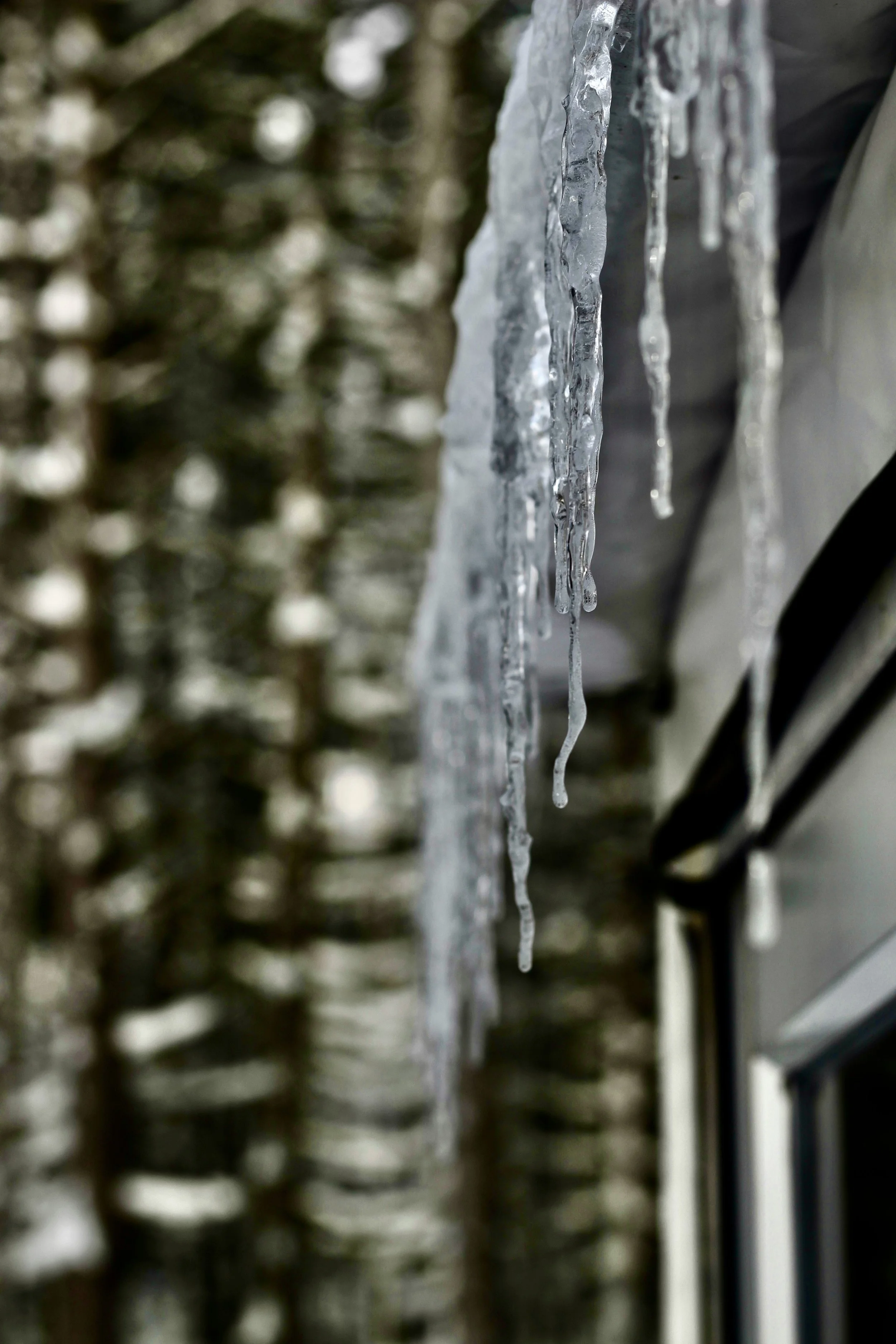Holiday decorations can enliven the season, but they can also harm your home if used improperly or installed wrong.
Learn from an experienced contractor how holiday decor can damage your home—and how to easily fix it.
Candles Causing Fires or Furniture Damage
Candles are a common cause of holiday home damage and fires. Open flames can quickly ignite holiday decor. Heat from candles can scorch wooden furniture, add soot to walls, and melt the finish. While hardened wax drips can be removed, it's a difficult process.
Candle damage is easy to avoid: use flameless candles. If you're accustomed to fake-looking nonflammable candles, check out the newer types, as they look more realistic than ever.
For those who prefer candles with flames, place them only in sturdy nonflammable holders that won't tip. Keep them at least a foot away from anything that can catch on fire, such as curtains, greenery, or ornaments.
Improperly Anchored Outdoor Decor
Large outdoor decorations may look harmless. But when they aren't properly anchored, they can damage your yard.
"I've had clients call after the holidays asking why their sprinkler system isn't working, only to find out a holiday inflatable stake has pierced a water line," says Kevin McLister, production manager at BOLT Builders.
Anchor exterior holiday decorations—especially inflatables.
Use sandbags or soft anchors instead of sharp metal stakes.
Avoid installing anything heavy or sharp over underground utility lines.
Check your yard layout before staking anything into the ground.
Overloaded Extension Cords
Extension cords not only extend the reach of holiday lights; they're often paired with plug adapters that can connect up to six devices or light strands to a single extension cord. Overloaded extension cords can melt and cause fires, and coiled extension cords produce even more heat
"Distribute plugs across multiple outlets or use power strips with built-in surge protection," McLister says.
Uncoil extension cords. Always double-check that the lights used indoors are meant for indoor use, not outdoor use.
Overloaded Lights
Lights are a festive delight during the holidays. But plugging too many strands into an outlet can trip a circuit breaker or cause a fire.
"I've seen countless holiday light setups trip circuit breakers and melt cords," McLister says. "We all love holiday lights, but it's easy to get carried away with them," he adds.
McLister recommends LED lights instead of incandescent lights. LED lights use less power and produce less heat.
Check the light's package to verify how many sets of lights can be connected for either a 15V or 20V circuit breaker.
Placing Heavy Decor
Holiday decor can be heavy and oversized. Placed on walls and mantels, these decorations can pull drywall anchors out of the wall or damage walls and mantels. It's easy to overestimate how much weight hooks can hold, especially when overloaded with garlands, stockings, and lights.
To prevent damage to walls or mantels, use only light decor. Install adhesive hooks. Designed to be removable, adhesive hooks won't damage surfaces. Space the decor evenly to distribute pressure.
Dry Trees
A real tree provides some of the best holiday memories. But if it's not regularly watered, it can catch fire or scorch surfaces.
"People don't realize how fast a tree can catch on fire when it's dry, and even modern lights pose a risk," McLister says.
Experts estimate that a dry tree can ignite in seven seconds and be fully consumed by fire in one minute.1 To prevent this:
Keep your tree stand full of water and check the water level daily.
Place the tree at least four inches away from fireplaces, space heaters, or anything that produces heat or flames.
Use LED lights that stay cooler than traditional incandescent lights.
Never use candles on the tree.
Fasteners on Roof Trim or Gutters
Fastening outdoor holiday decor with staples, screws, or nails on the roof or gutters can lead to long-term problems.
"Every hole, no matter the size, can let moisture in and lead to wood rot, roof leaks, or poor gutter irrigation," says McLister.
Use plastic light clips that slide under shingles. Hooks can be clipped onto gutters to avoid puncturing the surface. Affordable and reusable, these fasteners won't damage your roof, gutters, siding, or trim.
Read more at the spruce
Related Links
Mortgage rates expected to hold firm even with another Fed cut on the horizon
Are mortgage buydowns a lifeline or a risk for new homebuyers?
Would You Let $80 a Month Hold You Back from Buying a Home?
If there is a home that you would like more information about, if you are considering selling a property, or if you have questions about the housing market in your neighborhood, please reach out. We’re here to help.









